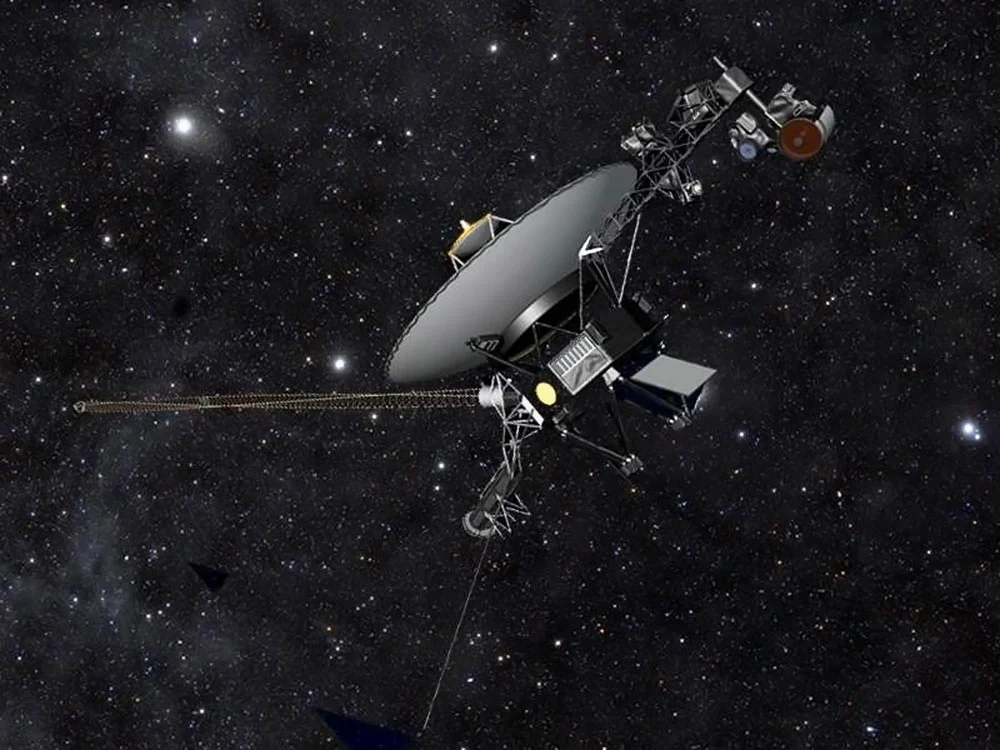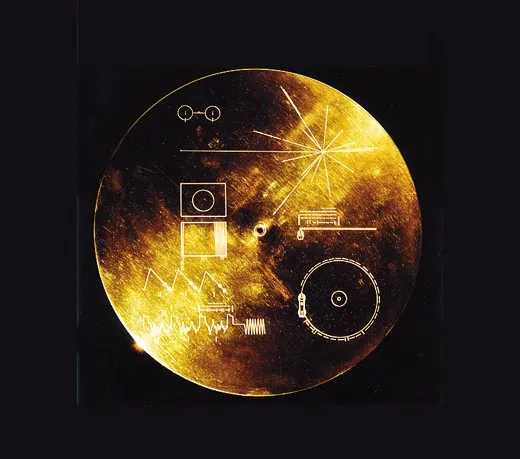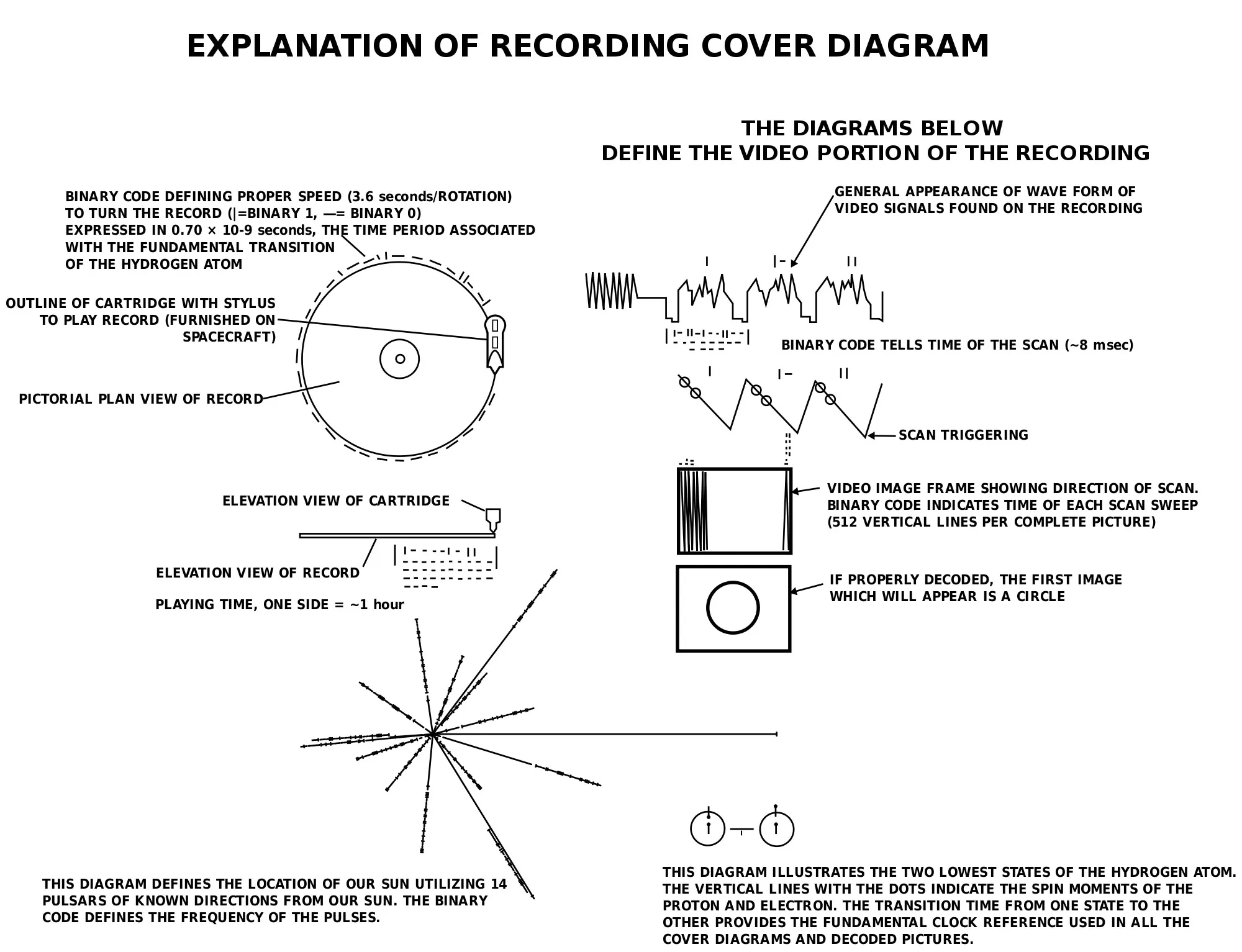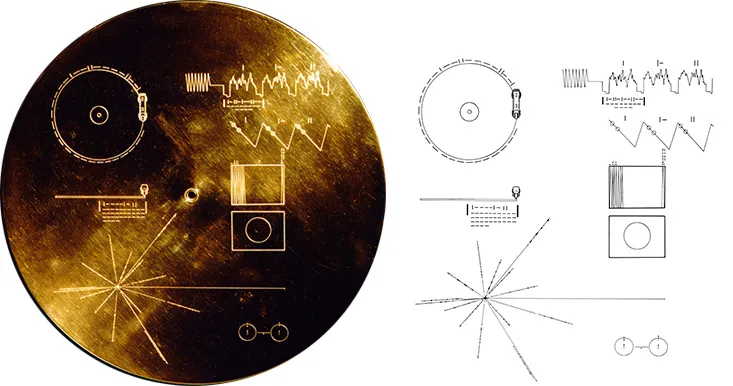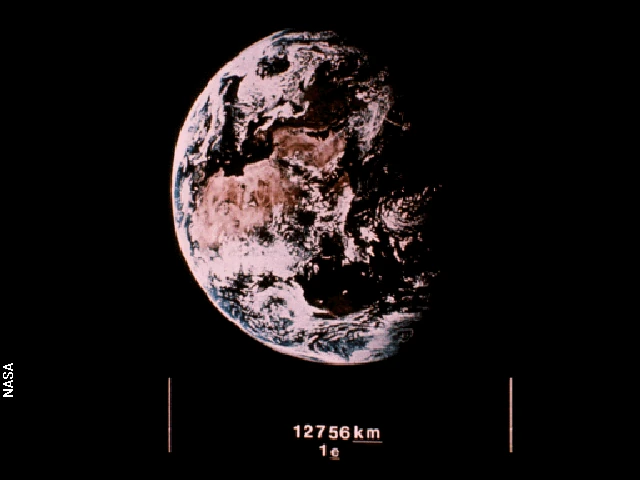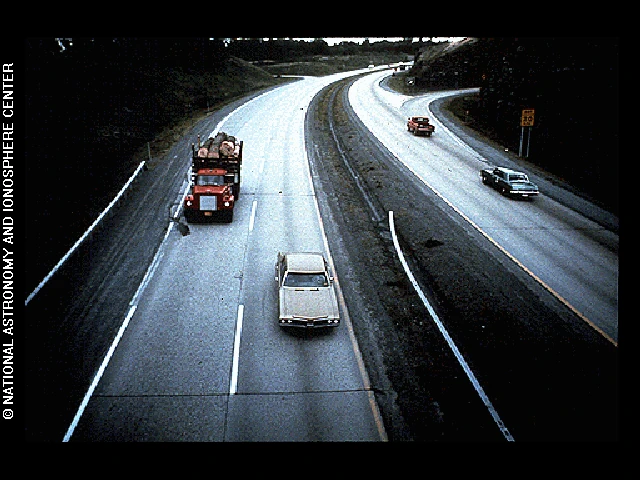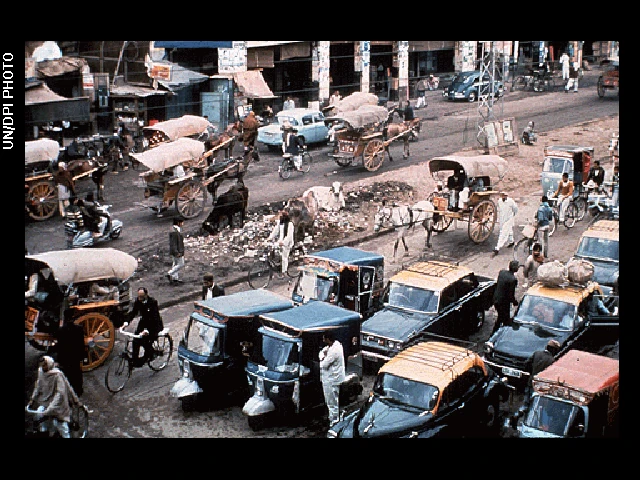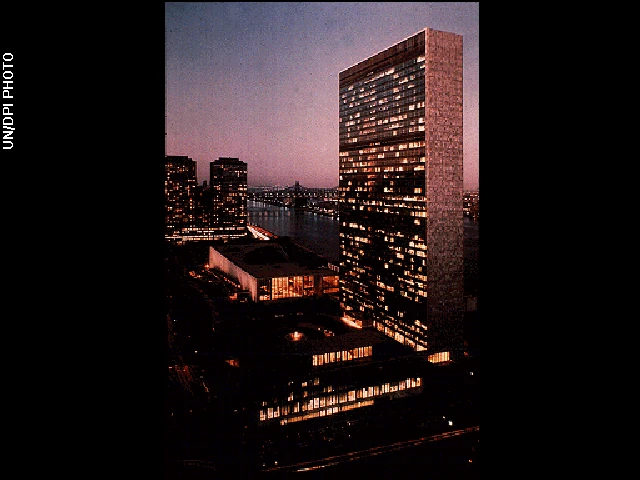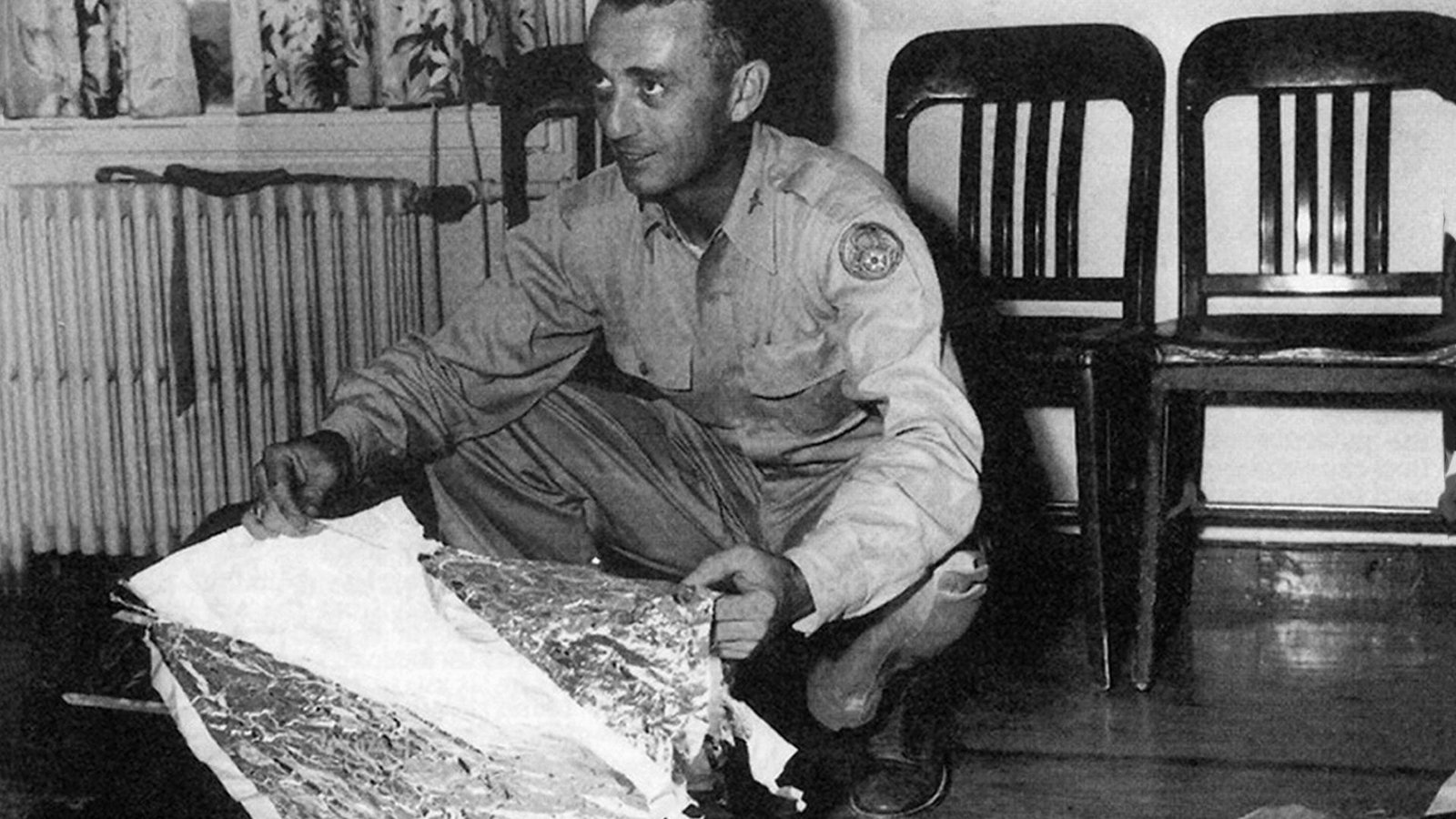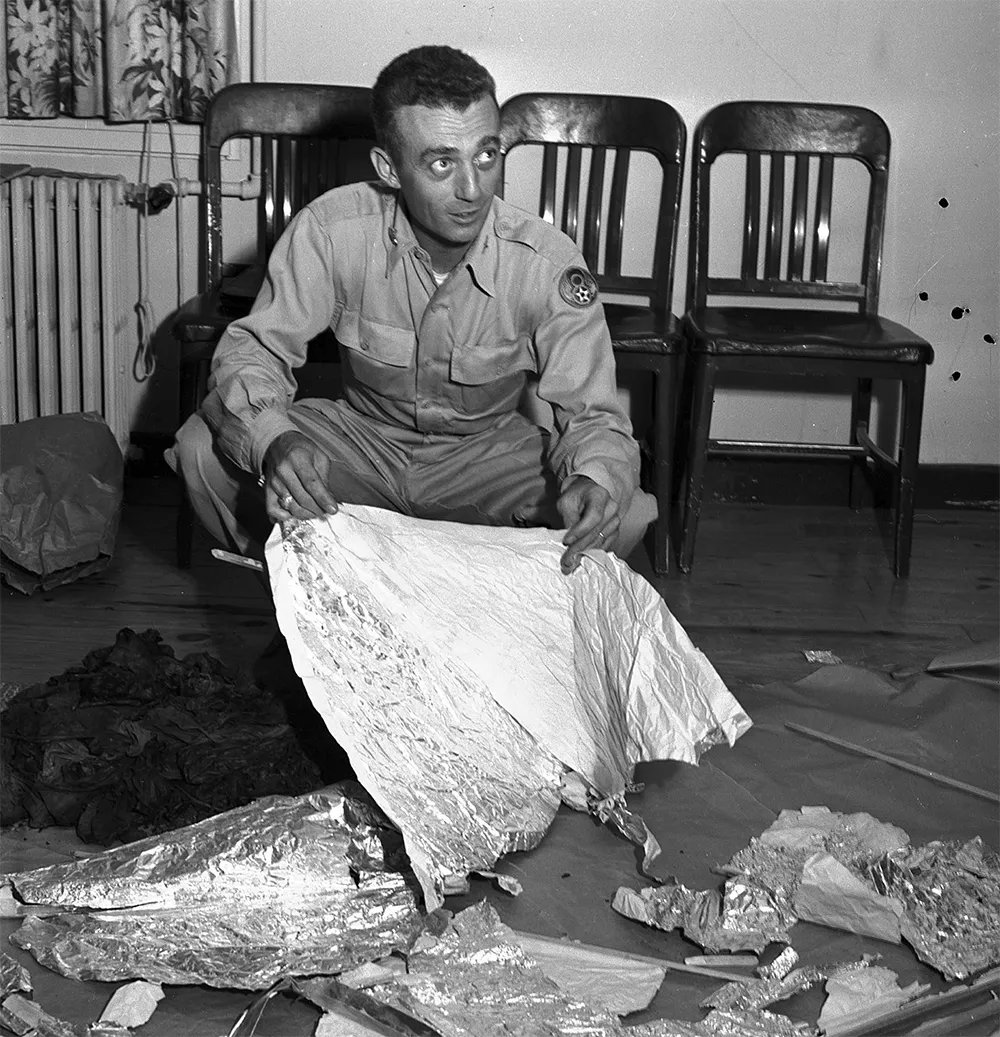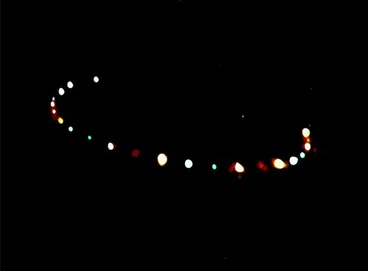In this collection, we delve into the visual narratives that go beyond our planet, capturing the essence of humanity and our quest for understanding the cosmos.
From the iconic images carried on the Voyager 1 Golden Record, intended to communicate the story of Earth to any potential extraterrestrial life, to photographs that symbolize our enduring curiosity about the universe and our place within it.
These images, whether depicting the marvels of human achievement or the enigmatic phenomena like crop circles and UFOs, tell compelling stories that transcend time and space.
They invite us to reflect on our existence, our aspirations, and the mysteries that continue to captivate our imagination.
So, without further ado. Here's page 3.
Voyager Golden Record
The Voyager 1 and Voyager 2 spacecraft are something that has really fascinated me for a long time now. If you don't know about them, then you too will be amazed after reading this.
In 1977 NASA launched Voyager 1 and 2 to investigate the outer reaches of our solar system and beyond.
Their missions involve examining the atmospheres, moons, rings, and magnetic fields of the giant planets. Both spacecraft have provided groundbreaking discoveries: Voyager 1 offered the first detailed images of Jupiter's and Saturn's complex systems, while Voyager 2 continued to unveil the secrets of Uranus and Neptune. These probes have revealed active volcanoes on Jupiter's moon Io, intricate ring structures of Saturn, the tilted magnetic field of Uranus, and the intense weather patterns of Neptune. Currently, Voyager 1 is the farthest human-made object from Earth,
venturing into interstellar space, while Voyager 2 continues to relay valuable data from its journey.
What I find most exciting about these craft, is that they both carry a golden record that contains images and sounds from Planet Earth. It's truly amazing thinking about it. Imagine that somewhere in this universe one day an alien race, or perhaps a synthetic living being, will find these records and learn about humanity and our planet (those that haven't already). And if they follow the instructions on how to find us, then I wonder if we will still be here when they arrive, or whether we will still be the same humans as we are today. Perhaps evolution and technological development will turn us into someething completely different by then.
Learning about the Voyager spacecraft and the Golden Record it carries, filled with images and sounds from Earth, has been incredibly fascinating and exhilarating.
It's astounding to think about this remarkable effort to share a glimpse of our world with the cosmos.
That is why I have included this section because the photos saved on those records in 1977, that are now floating in space, are some of the most iconic photos in history.
Learn more about Voyager and see the full collection of the data stored on the disks.
International Space Station
Photograph from February 2008 captures the International Space Station (ISS) taken from the Space Shuttle Atlantis during mission STS-122,
after undocking at the end of its mission to the ISS. This mission, spanning from 7th to 20th February 2008,
successfully delivered the European Space Agency's Columbus laboratory module (visible as a horizontal cylinder in the lower centre left) to the ISS.
This image was captured on 18th February 2008.
The International Space Station (ISS) is a marvel of modern engineering and international cooperation.
Launched in 1998, it serves as a habitable space laboratory where scientific research is conducted in astrobiology,
astronomy, meteorology, physics, and other fields. The ISS orbits Earth at an average altitude of 420 kilometers (about 260 miles) and travels at a speed of approximately 28,000 kilometers per hour (17,500 miles per hour).
It is notable for being the largest human-made structure in low Earth orbit, frequently visible from Earth with the naked eye. The ISS is a collaborative project involving space agencies from the United States (NASA), Russia (Roscosmos), Japan (JAXA), Europe (ESA), and Canada (CSA).
Its construction, maintenance, and utilization symbolize humanity's shared quest for knowledge and exploration.
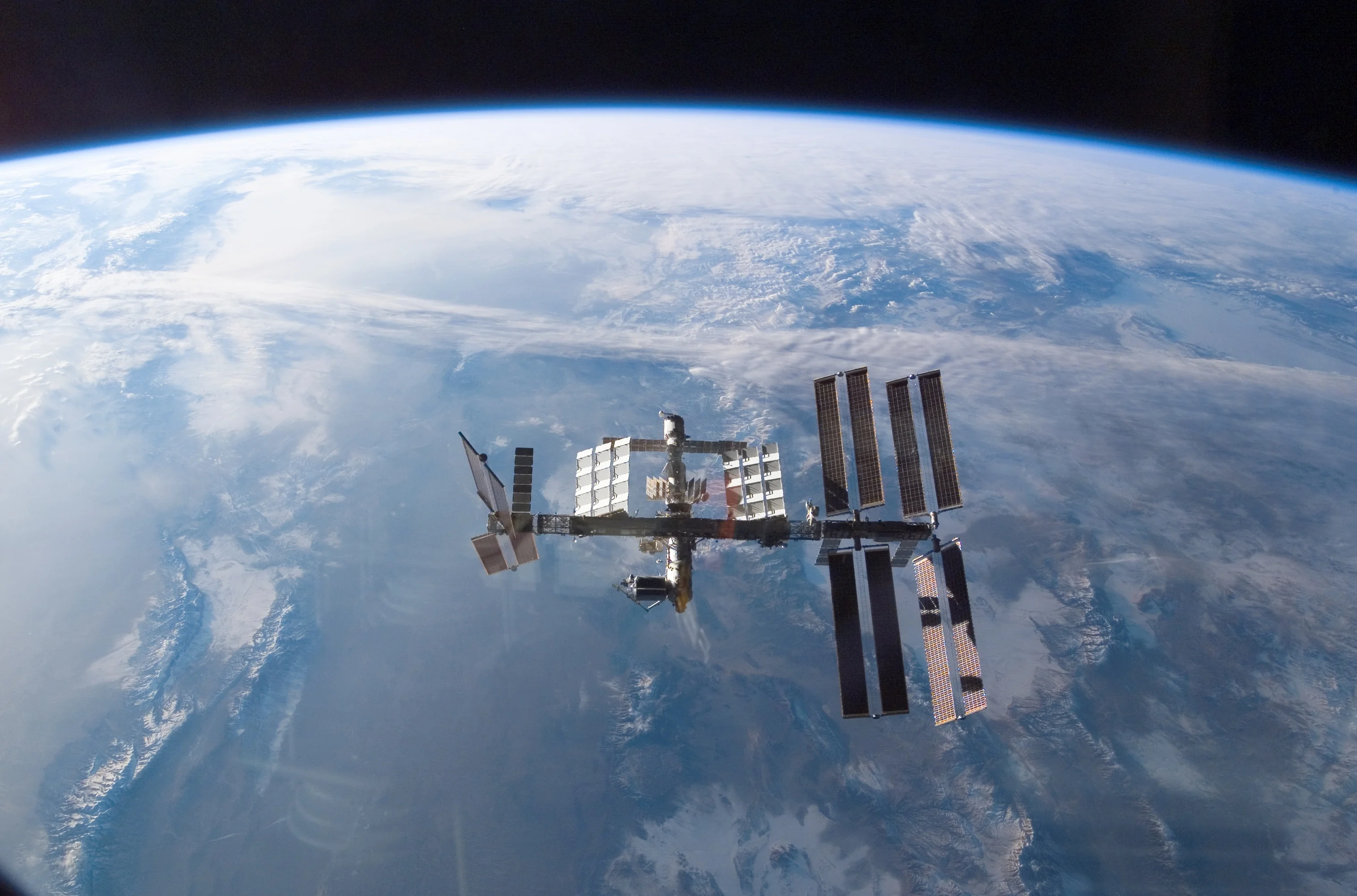
Photographs of Major Jesse Marcel and the Weather Balloon Wreckage
In July 1947, rancher W.W. Brazel stumbled upon peculiar debris on his property near Roswell, New Mexico.
The U.S. Army Air Forces initially announced that they had found a "flying disc," but soon after, they retracted the statement, declaring it to be a weather balloon.
Photographs from the incident captured Major Jesse Marcel holding foil-like material,
which some believe were fragments of an extraterrestrial spacecraft.
Many skeptics argue that the wreckage was a fabrication, as the U.S. government later claimed it was from a Project Mogul balloon,
a covert operation designed to detect Soviet nuclear tests. These critics contend that the genuine alien wreckage was concealed,
and the official story was distorted to make it seem less credible.
The Hudson Valley UFO Wave Photographs
In the years spanning from March 1983 to June 1984, a series of UFO sightings, later known as the Westchester Boomerang, were reported in New York and Connecticut.
Observers described encountering large, silent objects with bright lights arranged in V-shaped or circular patterns.
The events were notable enough to attract attention from local law enforcement and security personnel at the Indian Point Nuclear Power Plant.
These occurrences have since become a significant chapter in UFO lore,
inspiring various books and media productions.
The Hudson Valley UFO wave featured over 5,000 sightings, primarily concentrated around the Hudson River.
Some government officials, however, speculated that these sightings were orchestrated by prankster pilots flying Cessna 152 aircraft.
Would a group of pranksters really risk their lives flying those rickety aircraft so tightly close together, in the dark, and risk being shot down by the military? I highly doubt it.
![]()
